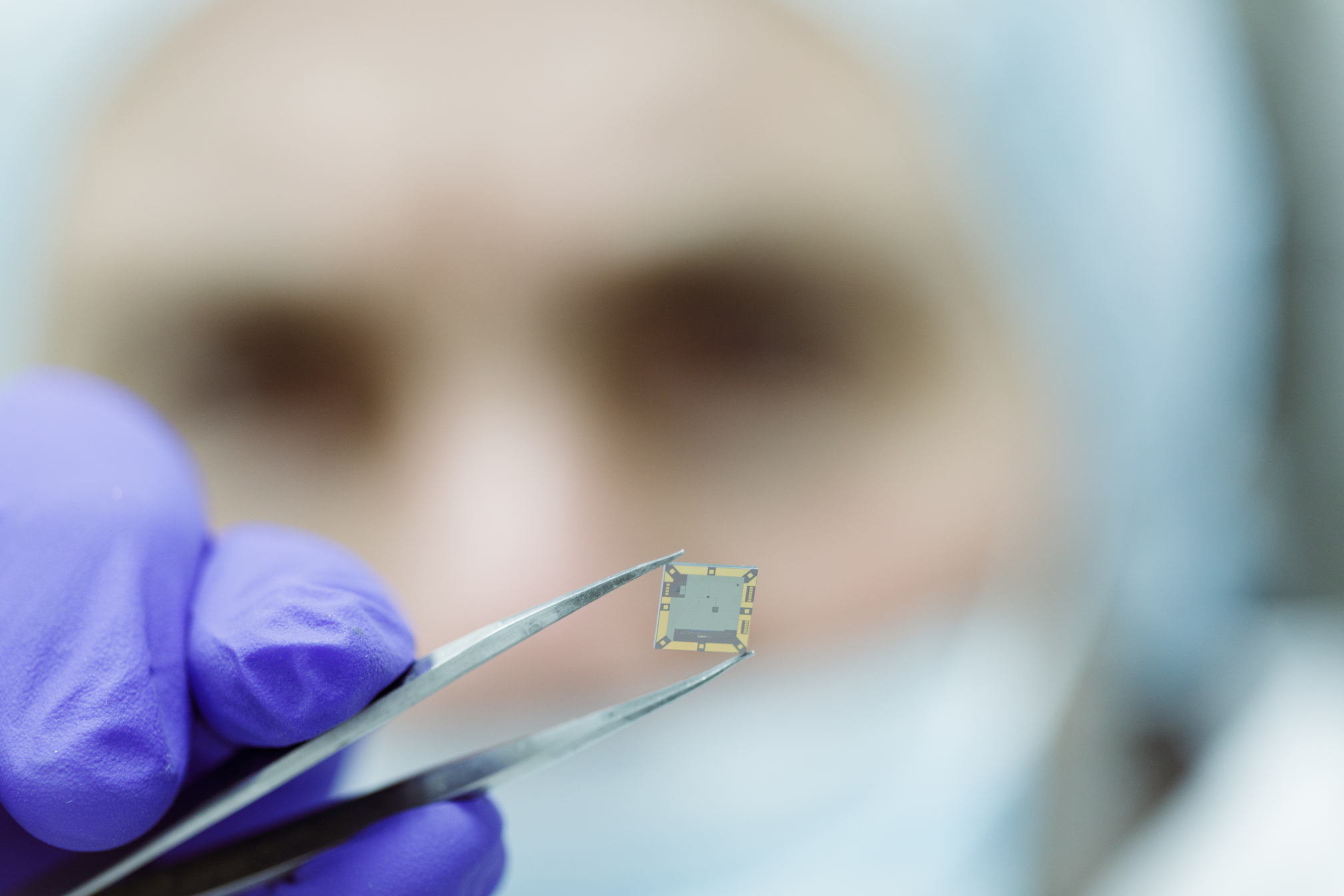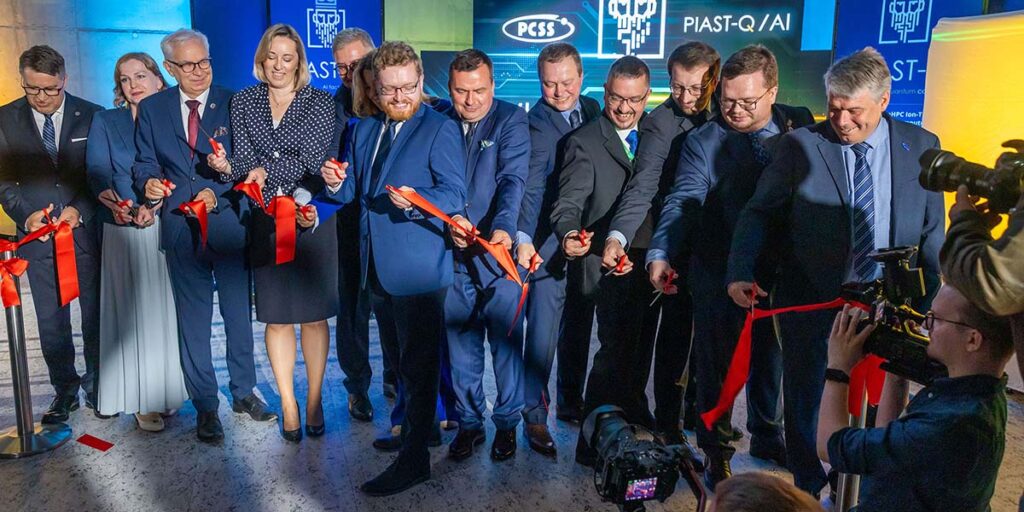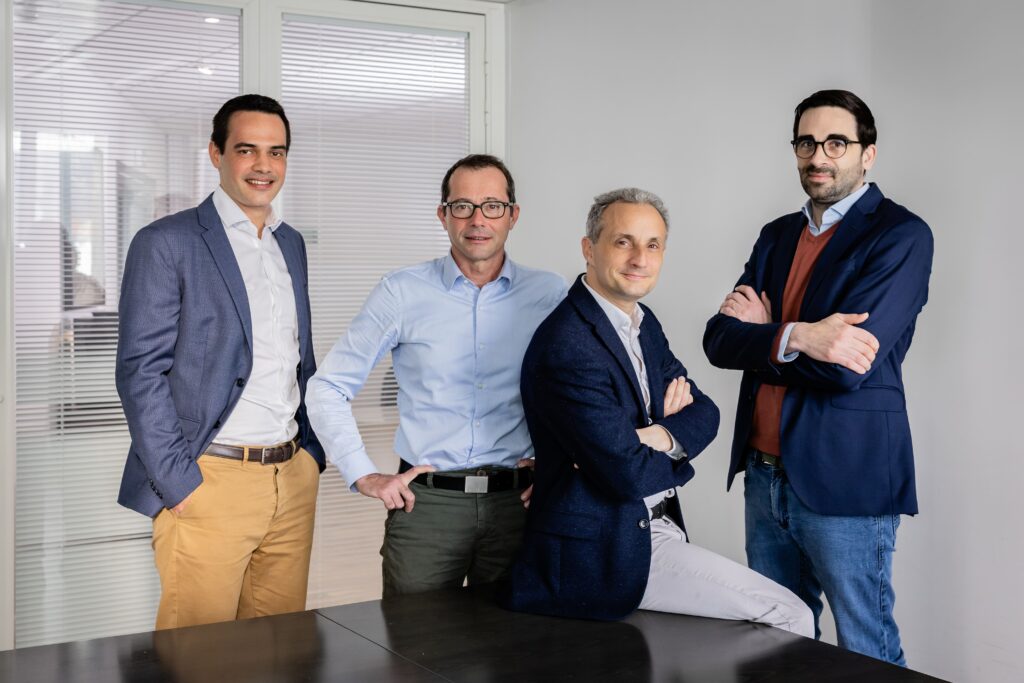Insider Brief
- SEEQC introduced a family of high speed, energy-efficient Single Flux Quantum (SFQ) digital chips.
- The chips are also fully integrated with qubits — a critical milestone in building scalable error-corrected quantum computers and data centers.
- Critical Quote: “SEEQC’s mission is to deliver scalable, energy-efficient quantum computing for data centers and our approach is through the digital chip-scale integration of key functions like readout, control, multiplexing, error correction, and classical data processing.” — John Levy, co-founder, and CEO at SEEQC.
PRESS RELEASE —SEEQC, the digital quantum computing company, introduced a family of high speed, energy-efficient Single Flux Quantum (SFQ) digital chips capable of running all core qubit controller functions of a quantum computer at the same cryogenic temperature as the qubits. The chips are also fully integrated with qubits — a critical milestone in building scalable error-corrected quantum computers and data centers.
SEEQC’s digital chip technology utilizes energy-efficient superconducting SFQ logic, operating at speeds up to 40 GHz, to implement classical qubit control, measurement, multiplexing and data processing. Because of their low energy requirements and reduced heat dissipation, especially compared to conventional CMOS or CryoCMOS chips, SEEQC’s superconducting SFQ circuits can be proximally located to the qubit chips at 20 milliKelvin in the form of integrated multi-chip modules with active SFQ circuits communicating wirelessly and compatible with all superconducting qubit types, including fluxonium qubits, as well as other qubit modalities like spin qubits. Multi-chip module architecture, low power and ability to operate at very high speed enables the implementation of hardware-efficient digital control, readout, and fast-processing qubit data necessary for fast, low latency, scalable quantum error-corrected quantum systems.
Additionally, the use of SEEQC’s chips will significantly reduce quantum computer cost and complexity by orders of magnitude by eliminating the need for nearly all racks of expensive room-temperature electronics interconnected to the qubit chips. Typically, a complex tangle of analog wiring is needed to transmit delicate qubit signals between qubits and room temperature, and the signals are highly susceptible to distortion by imperfections in the wiring. The result is a prohibitively complex and hardly scalable system. SEEQC’s active multi-chip module architecture addresses this problem, reducing system latency by obviating the need to send data from milliKelvin temperature to room temperature and back again for basic functions such as readout and control.

By locating all functional elements on ultra-fast digital SFQ classical chips integrated with qubit chips in multi-chip modules, data processing latency and transfer rates between chips are drastically reduced. In particular, this will enable significantly faster and higher quality qubit readout and reset than is possible today with existing technology, an important feature for both near term applications and fault tolerant functions.
SEEQC’s scalable SFQ-based computing architecture incorporates digital multiplexing, solving a critical input/output issue. The multiplexing circuits sends multiple signals over a single line, greatly reducing cost and complexity, particularly for large scale quantum systems in data centers. In contrast, existing quantum computers require up to 3 cables per qubit, carrying sensitive analog signals that limit the ability for high-ratio multiplexing in large-scale systems. Millions of cables will be needed for large-scale quantum computers and those cables carry power throughout the system, and are themselves, a continuous source of heat that must be dissipated through all stages of a dilution refrigerator.
Comparatively, SEEQC has successfully tested its digital multiplexing technology which can control an 8 qubit module with just 2 wires, and versions that control up to 64 qubits are currently in fabrication, vastly reducing capital costs and simplifying the underlying complexity of a quantum computer.
“Instead of trying to scale quantum computing systems based on existing prototype designs, we decided to start from scratch,” said Dr. Oleg Mukhanov, SEEQC’s CTO and co-founder, “developing a wholly new architecture based on Single Flux Quantum chips that will enable us to build the class of quantum computer necessary for fault-tolerant quantum computers. Only by incorporating all functionality within high-performance chips will we be able to scale energy efficient quantum systems to data center requirements.”
SEEQC manufactures its digital SFQ chips in the company’s world-class multilayer superconductive chip foundry and milliKelvin testing center in Elmsford, N.Y. in concert with its design and testing teams in London and Naples. The foundry was recently upgraded and produces high-complexity superconductive chips using the company’s proprietary multi-layer manufacturing process, in line with producing its digital SFQ chips capable of operating in a wide range of cryogenic temperatures from low milliKelvin to 4 Kelvin. SEEQC’s foundry capabilities far exceed the typical requirements for making single-layer qubits, making it the most complex commercial chip foundry in the world for full-stack quantum computing chips. SEEQC also manufactures superconductive chips for the DOE, NASA and DOD as well as numerous commercial and academic teams.
SEEQC System Red: In-House Quantum Computing Reference System Provides Benchmarking
The company also announced SEEQC System Red, a full-stack quantum computing system, built as a reference to benchmark the performance and capabilities of its new SFQ chips. SEEQC Red is the company’s first-generation reference class quantum computer system — SEEQC is one of only eight companies to release a system of this kind and caliber in the world. The architecture of SEEQC Red was built to mimic current generation superconductor quantum computing systems with conventional room temperature analog control and readout enabling the company to perform direct A-B comparisons with its digital SFQ chip-based next-generation quantum computer. With SEEQC Red, the company has achieved average 2-qubit gate speeds of 39ns and average gate fidelities of 98.4% which are among the best of publicly available quantum systems operating over the cloud.
“When compared to the universal quantum computing systems available over the cloud, our system shows four times lower error rates over competitive systems,” said Matthew Hutchings, co-founder, and chief product officer at SEEQC. “SEEQC Red offers the fastest native two-qubit gates over any system available on publicly available quantum cloud services. While other systems focus on larger numbers of qubits, SEEQC’s system is focused on quality and speed. It has achieved gate speeds up to 10 times faster than competitors, all while offering gate fidelities competitive to the most advanced systems available on currently available quantum cloud platforms.”
“To be useful, a quantum computing hardware benchmark metric has to be a function of scale, quality, and speed,” said Matt Langione, partner at Boston Consulting Group. “It’s not easy to get all three. That’s why, while the number of qubits in systems keeps going up every year, the most significant results in the field are typically being run on small qubit systems, often 10 or fewer, that have high-quality qubits and fast gate speeds.”
SEEQC Red utilizes the company’s proprietary quantum computing platform incorporating cloud portal, software, and firmware packages. This platform allows users to access this reference system to run any universal application or algorithm.
“SEEQC’s mission is to deliver scalable, energy-efficient quantum computing for data centers and our approach is through the digital chip-scale integration of key functions like readout, control, multiplexing, error correction, and classical data processing. The two major technology advancements we’ve announced today represent important progress in this mission across the entire quantum computing industry,” said John Levy, co-founder, and CEO at SEEQC.
“Through the balance of 2023, we look forward to replacing conventional room temperature electronics with our digital SFQ chips in our next generation SEEQC quantum computers which will also be a major step in our work towards achieving scalable, energy-efficient quantum systems capable of supporting chip-based error correction.”
Scalable Application-Specific Designs Accelerate Go to Market
SEEQC plans to bring the first commercially-scalable, application-specific quantum computing systems to market. Most existing quantum systems are not built with industry-specific applications in mind. SEEQC is working with its partner customers to make its system application-specific, lowering the system requirements to solve critical problems in industries like industrial chemicals, pharmaceuticals, and materials science, and to ensure that such systems are capable of scaling to the complexity of the problems of large enterprises.
SEEQC has already established partnerships with major global industrial companies, including Merck KGaA, Darmstadt, Germany, and recently announced its newest partnership with BASF SE, Ludwigshafen, Germany.
If you found this article to be informative, you can explore more current quantum news here, exclusives, interviews, and podcasts.

















